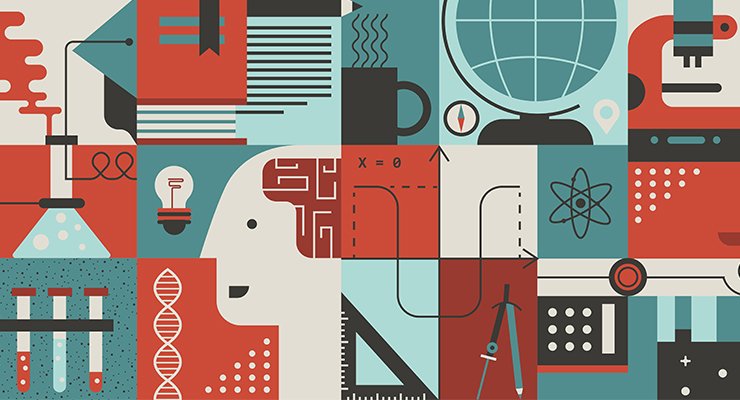Defining an academic research strategy

Professor Frédéric Lamarque teaches at the University (UTC) and also is a research scientist at UTC’s Roberval laboratory’s Mechanical Engineering department. Since July 2023, he has been UTC’s Director of Research ; his term of office runs for 3 years.
Since he joined UTC in 2000, Frédéric Lamarque has held various positions within the institution. In particular, he headed the Mechanical Systems Engineering Department from end 2012 to end of 2016 and was one of the key players in the merger of this ISM Department with the Mechanical Engineering department. After a break from management roles, he took over in March 2022 as Head of the UTC IG (Mechanical Engineering) Department, and in July 2023 he was appointed Director of Research for UTC. This demanding role has meant that he has had to reduce his teaching and research time in order to better manage the activities associated with his new role. In practical terms what does this imply?
In practical terms what does this imply? «As Director of Research, my job is to develop new interactions with partners such as the Hauts-de-France Region, the Sorbonne University Alliance, the CNRS, other the Universities of Technology (UTs), industrial partners, etc., as well as representing the institution on a number of steering committees for research programmes where UTC is involved and has commitments. The aim is also to enrich and enhance UTC’s profile both nationally and internationally and to seize the best opportunities for developing the institution’s research in line with the research strategy recently approved by the Board of Directors. I have been able, nonetheless, to maintain some time for teaching in my speciality — optics and sensors — and am also pursuing my research activities», he explains.
Can you illustrate please, with an example? “Yes indeed, with the PARS project, a Franco-German project supported by the ANR. PARS is being carried out in collaboration with Braunschweig University of Technology. Our aim? To develop a new instrument to measure the size and shape of nanoparticles in a fluid medium. The UTC’s role in PARS is to introduce small restrictions in microchannels through which a fluid containing nanoparticles flows.
These restrictions are positioned at well-chosen points and are controlled using optically-controlled micro actuators so as not to interfere with the electrical measurement of very low-amplitude signatures. The medium-term goal is to be able to identify and sort nanoparticles, this having applications in the manufacturing of new drugs and vaccines. This project was conceived and agreed during the Covid period», concludes Frédéric Lamarque.




